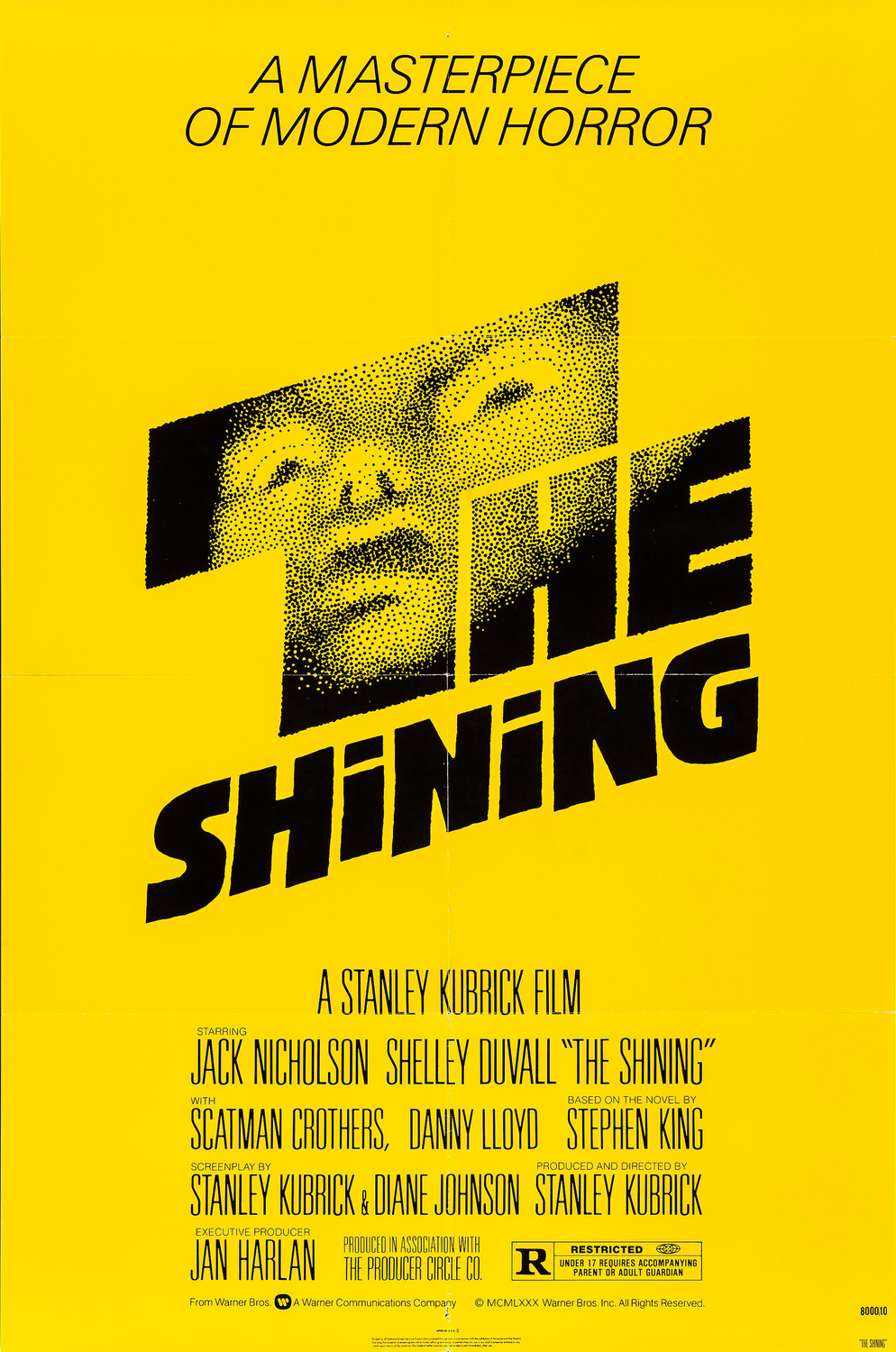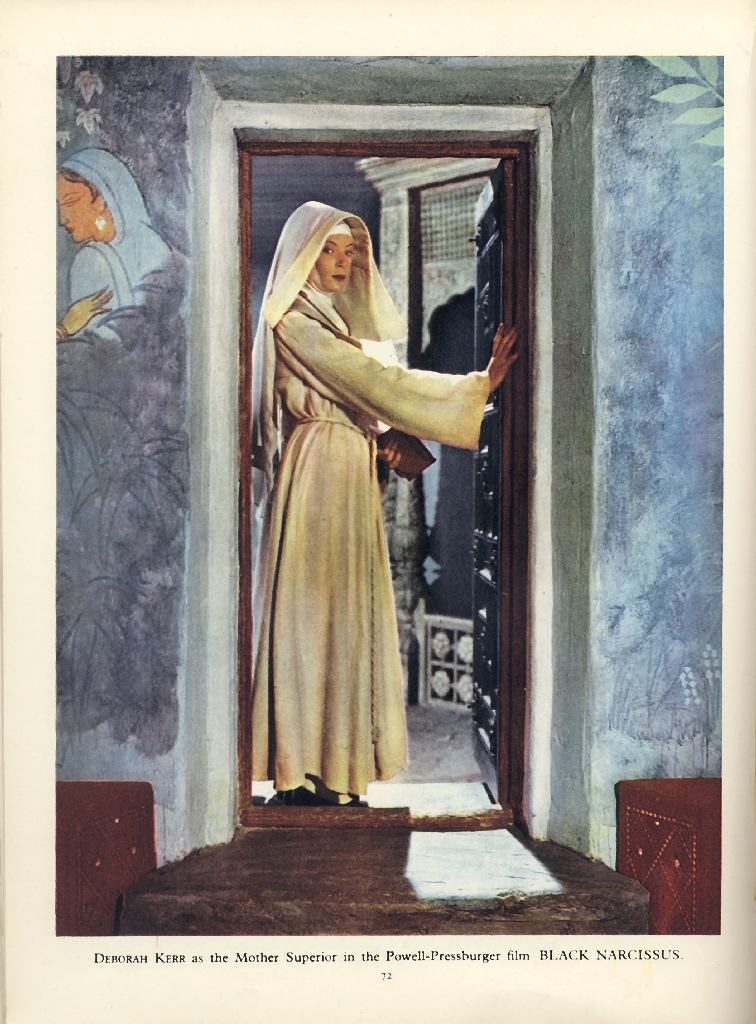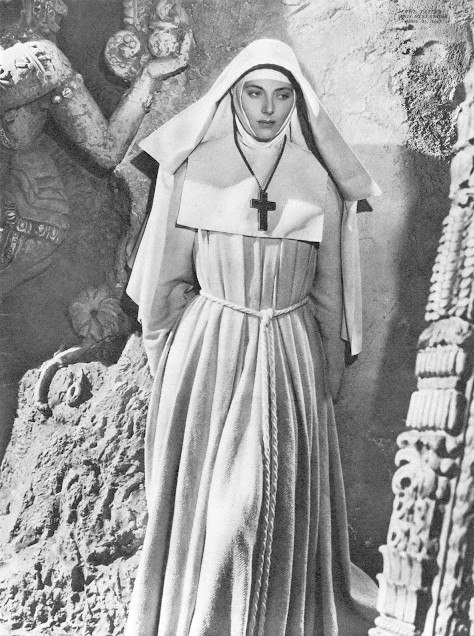The Shining (1980)
Stanley Kubrick, the same director known for the film 2001: A Space Odyssey recreates the Stephen King novel, “The Shining” and as we are driven through an aerial view of mountains tailing a yellow car with off putting music playing in the background a certain mood is set reminiscent of 2001. - Eeriness diluted with foreshadowed horror.
| figure. 1 Opening Scene; Yellow Beetle going to The Overlook |
Rooms of The Overlook act like portals into other worlds whether that be from a 20’s cabaret room to one being gushed with blood. Room 237 tends to act as a metaphoric head-space of Jack, no one ever allowed to go in there or bad things will happen. When Danny does eventually do so his neck gets scratched and Wendy proclaims that Jack did it. (Even though he has been sitting in the same chair doing work on his typewriter.) Because we don’t see this, nor recall a time where Jack had a chance to do this we are thrown back to Kubrick’s old ways of playing with time and metaphor to insinuate ideas, theories and concepts whilst leaving us puzzled as to when exactly they happened. The Shining becomes less of a film about chronological order but more about fully exploring the reasoning and ultimately psychological depth behind an event’s occurrence. Kubrick does not want you to be as alienated as possible unless you wish to delve into the inner workings of his films. He wants you to think.
| figure. 2 Jack's work-room |
It has been argued that The Shining isn't a true horror film and maybe due to the lack of gore and flat-out torture it isn't. Although; the psychological aspects of The Shining are all too much tortuous as well. When you find out that Jack has only been typing the same thing, over and over “All work and no play makes Jack a dull boy” the simplicity of a hidden item, revealed into something no one expected is where The Shining… shines. “As Torrance smashes a door to get at his screaming wife, he sticks his head through and grins, "Heeeeeere's Johnny." That's Kubrick's real vision of horror.” (Kroll, 1980) As Kroll says, the sheer madness and simplicity of a simple name change is truly scary. We know his name is Jack; but who is Johnny?! It’s so illogically sporadic as it is insane. - But it is only the change of one word - a name. Room 237, Jack’s Typewriter, other closed rooms in The Overlook - so much hidden and eventually revealed but the real definitive answer for Stanley Kubrick’s endlessly spiraling film will forever be speculative and in shadow.
| figure 3. The Labyrinth-like Maze |
----
Illustration List:
Kubrick, S. (1980). Film Poster. [image] Available at: http://www.impawards.com/1980/posters/shining_ver1_xlg.jpg [Accessed 30 Nov. 2014].
Kubrick, S. (1980). Film Still 1. [image] Available at: http://puu.sh/dbRJi/446f4f2880.png [Accessed 30 Nov. 2014].
Kubrick, S. (1980). Film Still 2. [image] Available at: http://puu.sh/dbYPp/809ca1e47e.png [Accessed 30 Nov. 2014].
Kubrick, S. (1980). Film Still 3. [image] Available at: http://puu.sh/dc2ku/80647f4fba.png [Accessed 30 Nov. 2014].
Bibliography:
Kroll, J. (1980). The Kubrick Site: Jack Kroll reviews "The Shining". [online] Visual-memory.co.uk. Available at: http://www.visual-memory.co.uk/amk/doc/0053.html [Accessed 30 Nov. 2014].
Room 237. (2012). [film] Rodney Ascher.
Further Reading (FYI):
Room 237 Documentary: http://www.imdb.com/title/tt2085910/
MSTRMND The Shining Analysis (long): http://www.mstrmnd.com/log/802


.png)
.png)
.png)
.png)








































